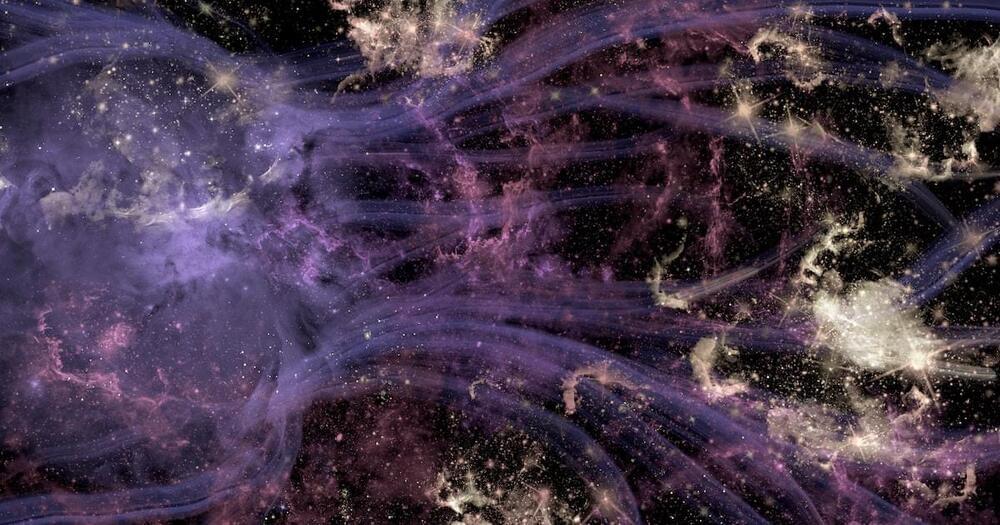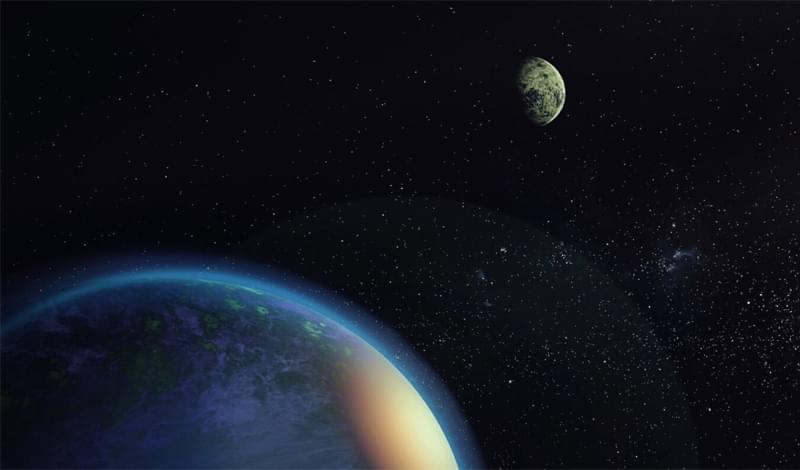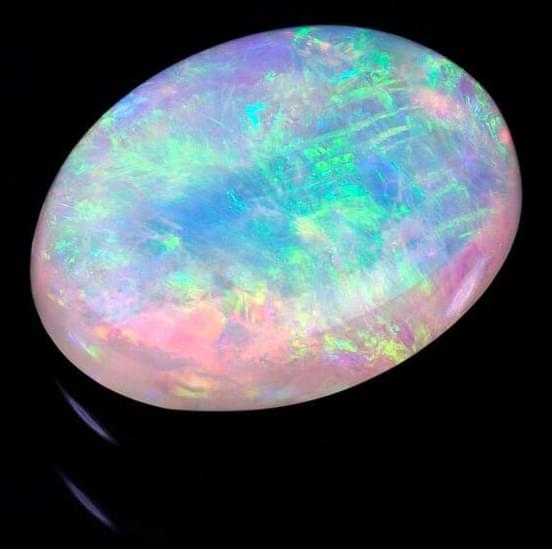Jan 10, 2023
An Introduction to Hokusai’s Great Wave, One of the Most Recognizable Artworks in the World
Posted by Shubham Ghosh Roy in categories: internet, space
You need not be a student of Japanese Ukiyo-e woodblock prints to recognize artist Katsushika Hokusai’s Under the Wave Off Kanagawa – or the Great Wave, as it has come to be known.
Like Leonardo da Vinci’s Mona Lisa and Botticelli’s The Birth of Venus, it’s been reproduced on all manner of improbable items and subjected to liberal reimagining – something Sarah Urist Green, describes in the above episode of her series The Art Assignment as “numerous crimes against this image perpetrated across the internet.”
Such repurposing is the ultimate compliment.


















